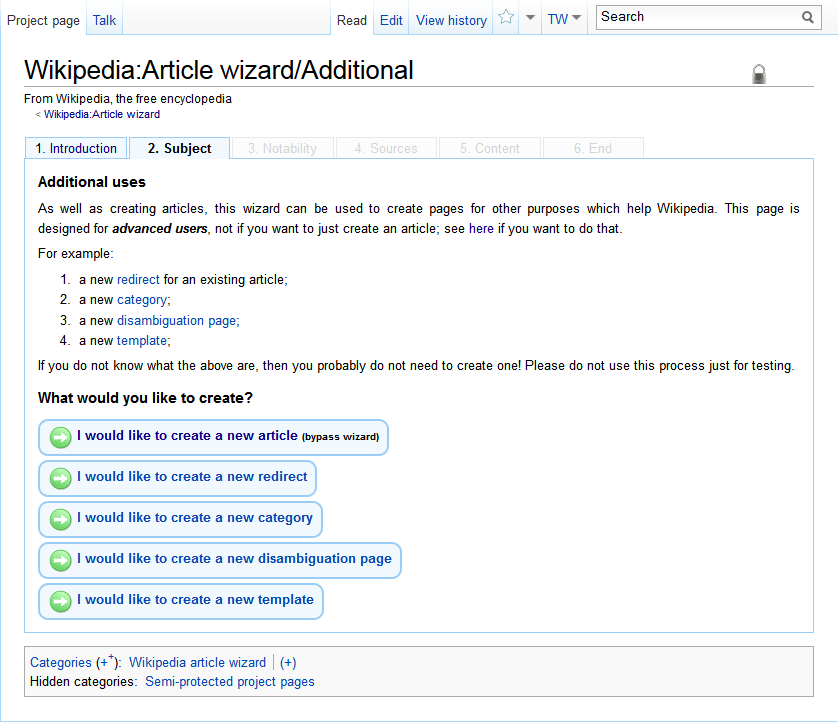Welcome to the world of Fluentd, your ultimate guide to efficient log collection and data aggregation. In this tutorial, we will explore the ins and outs of Fluentd, empowering you with the knowledge to streamline your logging process and unlock valuable insights. So, let’s dive right in and unravel the magic of Fluentd!
Overview of Fluentd
Fluentd is an open-source data collection tool designed for consumption in cloud-native environments. It is part of the Cloud Native Computing Foundation and is licensed under the Apache License.
Fluentd is specifically built to handle the challenges of logging and data management in modern, scalable systems. It provides a unified logging layer that allows you to collect, filter, and route data from various sources to multiple destinations.
With Fluentd, you can easily integrate data from different applications, services, and servers, making it a powerful tool for understanding your system’s performance and behavior. It supports a wide range of inputs and outputs, including log files, TCP/UDP, HTTP, and more.
One of the key advantages of Fluentd is its flexibility and extensibility. It comes with a robust plugin ecosystem that allows you to customize and extend its functionality according to your specific requirements. Whether you need to parse structured logs, transform data, or send it to external systems, Fluentd has got you covered.
By using Fluentd, you can simplify your data collection and management processes, making it easier to monitor and analyze your system’s performance. Its open-source nature ensures transparency and encourages community contributions, making it a popular choice among developers and system administrators.
Installation and Configuration

Installing and configuring Fluentd on your Linux system is a straightforward process that can be completed in a few simple steps.
First, ensure that you have the necessary permissions to install software on your system. If you don’t have the required permissions, contact your system administrator.
Next, you’ll need to download the Fluentd package from the official website or through package managers like apt or yum. Make sure to download the latest stable version.
Once the package is downloaded, you can begin the installation process. Follow the instructions provided by Fluentd to install the package on your Linux system.
After installing Fluentd, the next step is to configure it according to your specific requirements. This involves setting up input and output plugins, defining log paths, and specifying destination systems or services.
Fluentd offers extensive documentation and resources to help you understand and customize the configuration. Take advantage of these resources to tailor Fluentd to your needs.
Remember to test your configuration before deploying it in a production environment. This ensures that Fluentd is properly collecting and forwarding logs as intended.
In addition, keep in mind that Fluentd is an open-source software governed by the Cloud Native Computing Foundation. It is licensed under the Apache License, which allows for flexibility and customization.
Advanced Techniques and Integration
Once you have a basic understanding of Fluentd and its core functionalities, it’s time to explore advanced techniques and integration options. These techniques will allow you to fully harness the power of Fluentd and make it an indispensable tool in your Linux environment.
One important aspect to consider is the integration of Fluentd with other tools and services. Fluentd is an open-source software, which means it can be easily integrated with a wide range of systems and platforms. Whether you need to collect logs from your web servers, databases, or cloud services, Fluentd can handle it all.
One advanced technique is **data consumption**. Fluentd allows you to consume data from various sources, transform it, and then send it to the desired destination. This flexibility allows you to tailor Fluentd to your specific needs and ensure that the data is processed and forwarded efficiently.
Another powerful feature is Fluentd’s ability to handle large amounts of data. With its scalable architecture, Fluentd can efficiently process and handle high volumes of logs, making it suitable for enterprise-level applications. This is particularly useful in scenarios where you need to process and analyze vast amounts of data in real-time.
Furthermore, Fluentd offers advanced filtering options, allowing you to refine and manipulate the data as it flows through the system. This can be especially useful when dealing with complex log data and extracting important information for further analysis.
By mastering these advanced techniques and integrating Fluentd with other tools and services, you can unlock its full potential and streamline your data collection and processing workflows. So, dive into Fluentd’s advanced features and take your Linux training to the next level.



